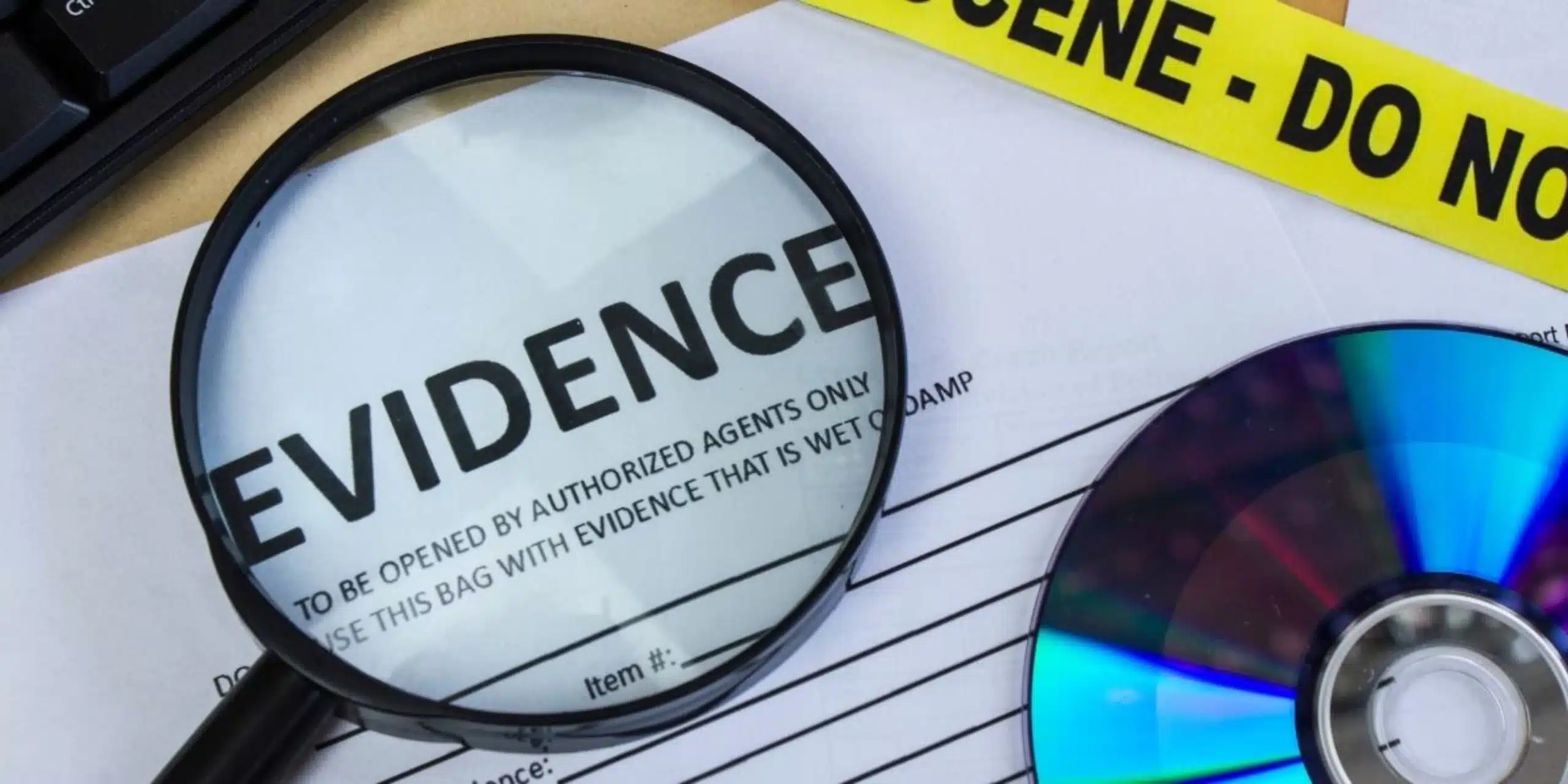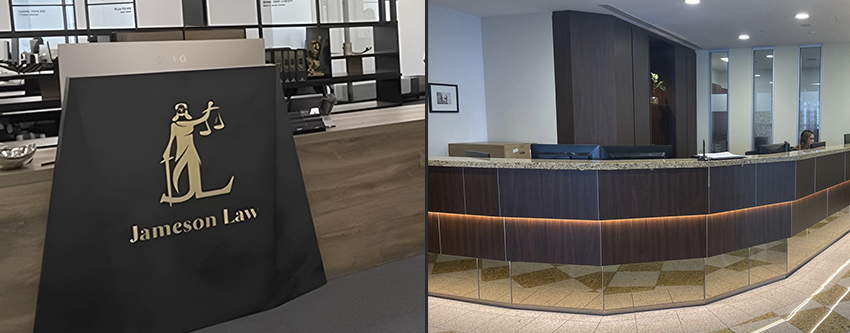What’s Admissible in Court? NSW Admissibility Flowchart
Facing charges or preparing a defence in New South Wales raises the same core question every time. Is this piece of evidence admissible. Below is a practical, NSW focused flow that tracks the Evidence Act 1995 (NSW). It helps you understand the checks a court applies before evidence is allowed in.
Need help now. Call (02) 8806 0866 to speak with our criminal defence team or read our guide to police interviews and your right to silence.
Admissibility Flowchart
- Relevance check (s 55)
Does the evidence, if accepted, make the existence of a fact in issue more or less probable.
If no it is inadmissible. If yes go to the exclusionary rules. - Exclusionary rule triggers
Which rule is engaged.- Hearsay (s 59) and exceptions
- Opinion (s 76) and lay (s 78) or expert (s 79) exceptions
- Tendency or coincidence (ss 97, 98) with notice and s 101 balancing
- Credibility evidence limits (Pt 3.7, s 102)
- Admissions and reliability rules (ss 81, 82, 84, 90)
- Identification evidence (ss 114, 115)
- Privilege (client legal privilege Pt 3.10) and public interest immunity
- Improperly or illegally obtained (s 138)
- Does an exception apply
If a rule excludes the evidence, consider the statutory exceptions. For example business records, contemporaneous statements about health or feelings, expert opinion based on specialised knowledge, or admissions. - Mandatory and discretionary exclusions
- General discretions (s 135) unfair prejudice, confusion, or waste of time
- Criminal prejudice test (s 137) probative value versus unfair prejudice to the accused
- Admission reliability or unfairness (ss 84, 90)
- Improperly obtained evidence (s 138) balancing test
- Judicial directions and warnings
If admitted, the court may give warnings, for example identification evidence warnings (s 116) or tendency directions.
For a matter in the Commonwealth jurisdiction, the equivalent provisions are in the Evidence Act 1995 (Cth). Court practice materials are also useful, for example Federal Court practice notes.
Quick reference by category
Hearsay
General rule excludes a previous representation to prove the truth of what it asserts (s 59). Consider these common NSW exceptions.
- Maker unavailable serious or unavailable maker exceptions (s 65)
- Fresh in memory statements about health, feelings, impressions (s 66A)
- Contemporaneous statements about health (s 69)
- Business records (s 69). Preserve files and audit trails. See record keeping advice from Microsoft 365 Compliance and Dropbox retention.
- Admissions are not excluded by hearsay (s 81)
Tip. Export chats and emails with original metadata where possible. Guides by Apple, Google and Microsoft Outlook can help.
Opinion
- Lay opinion allowed if it is rationally based on what the person saw, heard or perceived and helpful (s 78)
- Expert opinion allowed if wholly or substantially based on specialised knowledge derived from training, study or experience (s 79). Keep expert methodology, literature and assumptions. See Standards Australia and ISO guidance for relevant fields.
Tendency and coincidence
- Notice to be given (ss 97, 98)
- Significant probative value and in criminal cases the s 101 test applies
Admissions and confessions
- Admissions generally admissible (s 81) subject to reliability
- Voluntariness and oppression (s 84)
- Unfairness discretion (s 90)
- Cautioning requirements for persons under arrest (s 139). See also NSW Police custody guidance for suspects and accused persons on the NSW Police site.
Learn more about your rights in interview. Right to silence in NSW.
Identification evidence
- Visual identification safeguards (s 114) and warnings (s 116)
- Fingerprint and forensic procedures must comply with Crimes Act 1914 (Cth) Pt 1D or state procedures, depending on the matter.
Improperly or illegally obtained evidence
Includes unlawful searches, defective warrants, or breaches of mandatory procedures. The court weighs factors in s 138 including the gravity of the impropriety and whether it was deliberate. See LEPRA 2002 (NSW) for police search and arrest powers.
General discretions
- s 135 exclude if probative value is substantially outweighed by danger of unfair prejudice, misleading or confusing the jury, or undue waste of time
- s 137 in criminal proceedings refuse if probative value is outweighed by the danger of unfair prejudice to the accused
Digital evidence and chain of custody
Good handling can be the difference between evidence admitted or excluded. A few practical steps.
- Preserve original devices and storage. Use new media for copies. Reliable vendors include JB Hi-Fi for portable drives, Seagate and SanDisk.
- Export data with metadata intact. See Google Drive exporting, OneDrive downloads, and Adobe PDF tools.
- Document handling. Use tamper evident packaging and log who handled what and when. Security supplies are widely available from Officeworks. Consider certified destruction for sensitive duplicates via Shred-X.
- Keep communications and screenshots authentic. Guides from Apple iPhone and Android.
- Phone records. Call history and billing documents can corroborate timelines. See Telstra billing explainer.
- Identity and dating documents. Certified copies or Australia Post ID and document services can help support authenticity.
For tailored advice on suppression applications, notices and evidentiary objections, contact our criminal law team or call (02) 8806 0866.
Practical examples
- Body-worn video. Relevant and usually admissible, subject to hearsay within the recording and s 137 prejudice. Ensure authenticity and continuity.
- Text messages. Often admissible as admissions or business records. Export full thread with timestamps. Avoid editing or cropping other than for privacy redaction ordered by the court.
- Search items. If a search was arguably unlawful under LEPRA Pt 4, consider s 138 exclusion.
- Expert report. Ensure the opinion is tied to specialised knowledge and the reasoning path is clear. Include literature and methodology.
Need help with admissibility
We can review your brief, draft objections and prepare admissibility submissions for mention, hearing or trial. See also what a good criminal lawyer does and our overview of criminal procedure in NSW. For an urgent matter phone (02) 8806 0866.













